I am trying to build a class diagram model viewer using d3.js and d3.dag
A most crucial part of this viewer is that it should be able to optimally position nodes so that we won't have link crossing (whenever possible) and plus should be able to clearly see what's connected to what
We know:
- Width of each node
- Height of each node
- Links starting coordinate
- Links ending coordinate
- Links all corner coordinates
We want:
To see connections ending (Can be achieved manually moving nodes).
To minimize links crossing (If it's possible)
What I need is kinda theoretical.
Is there any known algorithm which can solve the problem above (Language does not matter, I just need theoretical reference)
Putting examples below
- What's the current situation
- What can I achieve by myself
- What would be perfect
Example 1.
Current
Achievable
Perfect
Example 2.
Current
Achievable
Perfect
Example 3.
Current
Achievable And Perfect
Example 4.
Current
Achievable
Perfect
Example 5.
Current
Achievable
Perfect
Example 6.
Current
Perfect
Update
Traditional (node to node link ) crossing is already minimized in this case (thanks to d3-dag). The issue is that we don't have the only node to node relationship, we also have a node row to row relationship and in this case, d3-dag fails










